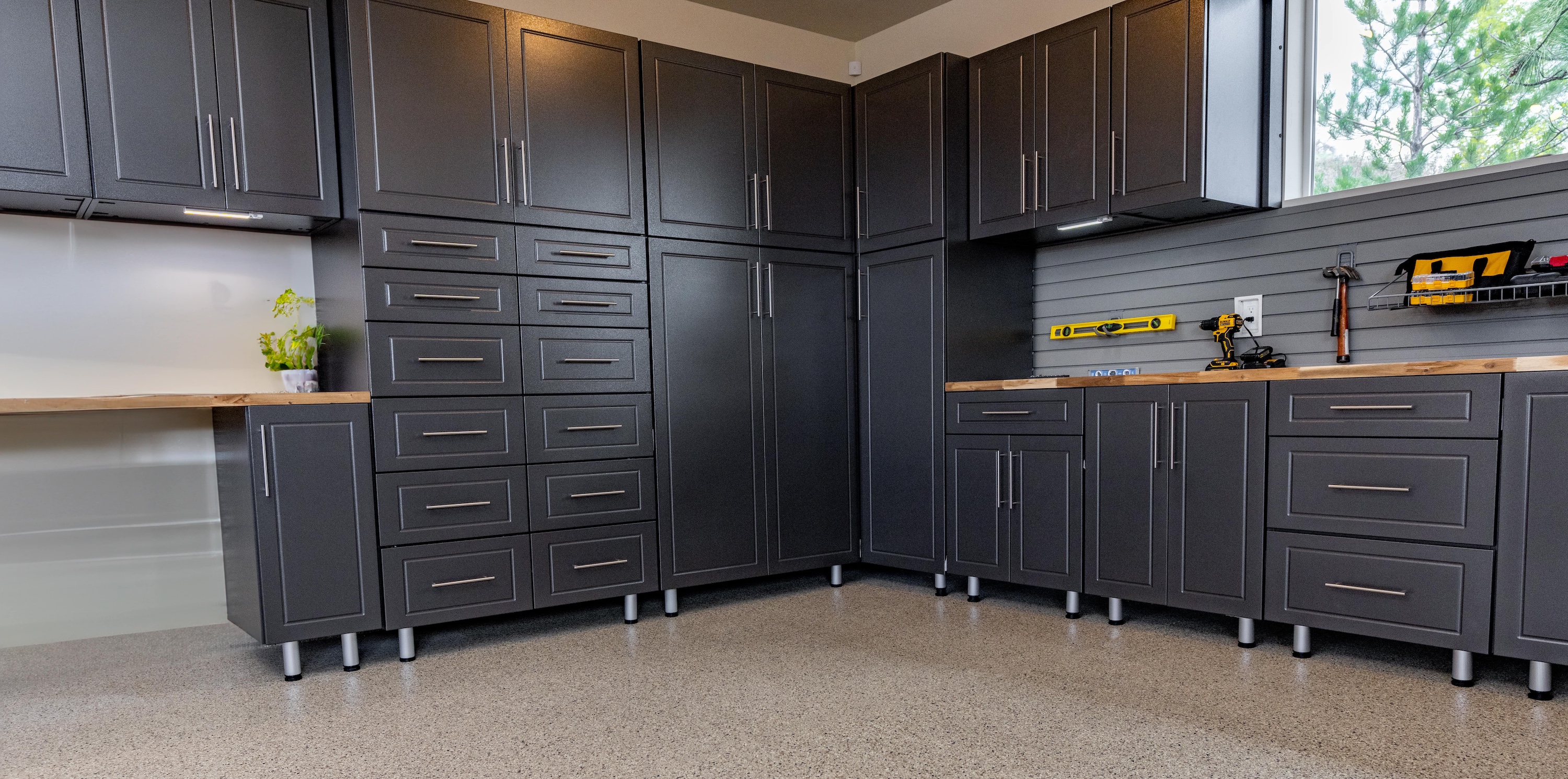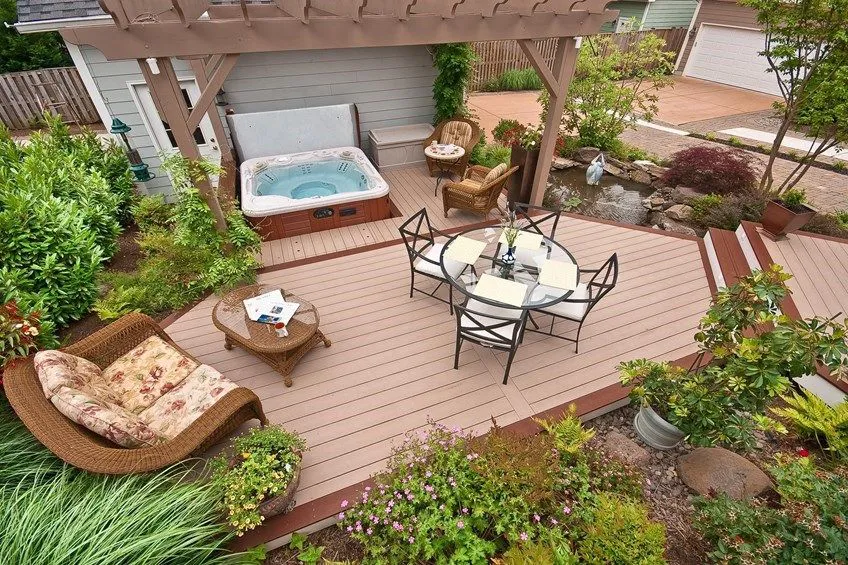Is there any decking that doesn't get hot in the sun?

There’s nothing better than kicking off your shoes and enjoying your deck on a gorgeous summer afternoon. That is until the surface feels like hot lava. In Bend’s high desert climate, where temperatures often hit the 90s, decking materials matter. The right choice can mean the difference between a space that’s too hot to use, and one that’s comfortable all season long.
What Makes a Deck Hot
Three main factors determine how much heat your deck absorbs, no matter whether it is traditional wood or composite boards.
1. Decking Color
Darker colors absorb more heat. Just like wearing a black T-shirt on a sunny day makes you hotter, dark-colored decking holds more heat than lighter shades. To keep your deck cool, opt for light-colored composite decking, which reflects more sunlight. We love colors like Rocky Harbor and Tiki Torch from Trex Decking.
2. Direct Sunlight
A deck in full sun exposure will get hotter than one with partial shade. Adding a pergola, retractable awning, or a shade sail can keep the surface temperatures down. Even a patio umbrella can create partial shade (and a cooler deck!) on a hot Bend summer day.
3. Air Temperature
High air temperatures and humidity levels can trap heat in your deck boards, making them stay warm longer into the evening. While you can't control the climate, you can control which materials you use. Some composites are specifically designed to stay cooler than others.
Composite vs. Wood: Which Stays Cooler?
Early generations of composite decking were known for getting extremely hot in direct sunlight. But modern heat-resistant composite decking has changed the game.
Today's high-performance composite decking is designed to stay cooler than traditional wood. It reflects heat with advanced surface technology. Choosing a light color from a heat-resistant composite line is the best way to improve your outdoor deck experience.
Best Heat-Resistant Composite Decking Options
On the hunt for decking that remains cooler in the sun? We recommend checking out some great new options from two of our favorite decking suppliers. Their newest composite decking options utilize innovative materials to minimize surface heat.

Trex Transcend® Lineage™ – Coolest Composite Decking
Trex's Transcend® Lineage™ collection is designed with heat-mitigating technology that reflects sunlight and helps reduce surface temperatures.
Newest Colors in Trex Transcend® Lineage™:
Salt Flat – a popular choice for those who want a calm and simple look in their outdoor spaces. It features a peaceful mix of silver, white, and gray, offering a modern and neutral aesthetic.
Hatteras – A warm brown inspired by windswept dunes. Hatteras invites you to relax and dream of coastal driftwood and sandy dunes.
Why Choose Trex Transcend® Lineage™?
- Advanced cooling technology reflects the sun's rays.
- The ultra-durable shell resists scratches, stains, and mold.
- Premium, natural wood aesthetics with low maintenance.
Explore Trex Transcend® Lineage™ Colors
Trex Enhance® – Budget-Friendly & Heat-Resistant
Trex Enhance® offers a cost-effective alternative to traditional wood while featuring heat-mitigating properties. Its durable composition ensures that it resists fading, staining, and scratching, making it ideal for outdoor spaces. The wide variety of rich colors helps achieve a beautiful appearance without needing constant upkeep.
Newest Colors in Trex Enhance®:
Tide Pool – A soft, neutral beige with sun-washed sand tones.
Honey Grove – Brown, grey, and black streaks combine to create a warm color that reflects the richness of nature.
Cinnamon Clove – A warm, inviting mid-tone brown that exudes rich, earthy undertones.
Why Choose Trex Enhance®?
- Affordable yet durable composite decking.
- Light color options for cooler deck surfaces.
- Low-maintenance and resistant to fading, stains, and mold.
TimberTech ® Advanced PVC Collections – The Coolest PVC Decking
For exceptional heat resistance, TimberTech’s Advanced PVC decking is a premier choice. Known for its ability to stay cool, this decking option allows optimal lounging in any temperature. Crafted from durable PVC instead of traditional wood, this innovative material absorbs significantly less heat, keeping your feet cool and comfortable.
It’s been expertly engineered to remain up to 30° cooler than other composite options on the market. Not only does the TimberTech Advanced PVC collection provide excellent thermal performance, it’s also highly resistant to moisture, fading, and everyday damage, ensuring your deck will look great year after year
Check out their newest Vintage CollectionR colors here

Choosing Webfoot Home Improvements for Your Deck Installation
At Webfoot Home Improvements, we specialize in constructing beautiful, durable, and heat-resistant composite decks that work with the Bend, Oregon weather. As Platinum-certified installers of Trex and TimberTech, we guarantee that your deck will be built to last.
Ready to upgrade your outdoor space? We’ll help you choose the right decking that looks great, feels great, and lasts for years. Let’s build a deck you’ll love. Get in touch today for expert advice and a custom quote!





